As you climb the career ladder, interview processes often become more complex and one of the most common additions for senior roles is the requirement to give a presentation. For many candidates, this can feel like added pressure. But here’s the advantage: during a presentation, you control the narrative. It’s your opportunity to demonstrate your expertise, presence, and strategic thinking.
Here’s how to sell yourself effectively through an interview presentation.
Understand and Clarify the Brief
Sometimes, the brief you’re given might be vague this is intentional. Employers want to see if you can interpret, clarify, and structure a response. Treat the briefing as your first test.
Before you begin, confirm the essentials:
- What topics or questions should be addressed
- How much time you have to present
- Whether specific tools, data sources, or frameworks are expected
- What presentation equipment will be available on the day
- If questions will be asked during or after the session
- Who your audience is and their level of knowledge on the subject
Understanding your audience is key. If your presentation is for senior executives or board members, it’s best to keep it strategic and high-level. However, if you’re speaking to subject matter experts, dive into technical detail where appropriate.
Build a Clear, Impactful Structure
Your presentation should tell a story one that positions you as the best candidate for the role. Decide on two or three core messages, and ensure each slide supports them. Start strong with a compelling introduction, develop your case with data and insights in the body, and end with a confident, results-focused conclusion.
Make sure to include examples of your own achievements or experience to demonstrate both technical and soft skills. Interviewers want to see how you’ve solved problems, led teams, or delivered outcomes in real situations.
Keep It Concise and Focused
Each slide should serve a specific purpose. Avoid the temptation to overload your audience with dense blocks of text, charts, or data. A good rule of thumb: your slides should support your talking points, not deliver them.
Don’t just read off the slides speak to the room. If you need to include detailed data or reports, prepare a printed handout or appendix for reference.
Prepare Your Notes and Rehearse
Even the most confident presenter can feel the pressure in an interview setting. Prepare speaking notes or cue cards to help keep you on track, and always rehearse beforehand. Practice in front of a friend or colleague or record yourself and watch it back to catch filler words, awkward pauses, or unclear phrasing.
Don’t rely solely on tech. If you’re using slides or video, have a backup plan in case something doesn’t work on the day. Showing you’re prepared for the unexpected speaks volumes about your professionalism.
Polish Your Content and Double-Check Your Data
Details matter. Review your presentation carefully for grammar, spelling, formatting, and design consistency. A single typo or inconsistent layout can distract from your message and give the impression of carelessness.
Equally important: get your data right. Inaccurate figures or broken logic can undermine your credibility. Double-check all your numbers, and include reputable sources. If you’re referencing several reports or studies, include a reference slide or handout for transparency.
Ready to Make Your Next Move?
If you’re preparing for an interview presentation or actively exploring new opportunities, Resource Provider Ltd is here to help. Browse the rest of our career advice or reach out to one of our specialist consultants today. We’re here to support your journey to success.
